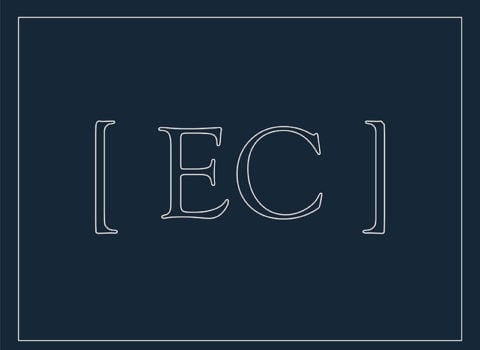By Thomas Chatterton Williams. Williams is the author of the memoir Losing My Cool, published by Penguin Press in 2010.
A few days ago, I went to the grocery store near my apartment, in Paris. The weather was cold, and I was bundled up, a beanie low over my forehead and the large hood of my parka over the beanie. The moment I entered the store, a security guard — almost certainly assuming I was a young Arab — was on me, gruffly demanding that I lower my hood. I was cold and refused. We argued, and the man ended up shadowing me, perhaps out of spite, for the duration of my shopping. It was the kind of ambiguous, unimportant, but frankly unpleasant experience that I can’t help imagining wouldn’t happen if I were white. And it would qualify as what many Americans, particularly on college campuses, have increasingly come to interpret and describe as a form of “microaggression.”
In this instance, my options were limited. I insisted on my right to present myself as I wanted, and finally ignored the man. I left the store irritated but in no way damaged. I am still not positive that what transpired was racism. Were I on an American college campus, however, it would be easier now than ever before to seek refuge in a “safe space.” There, I could recount the affront to others who looked like me and to sympathetic allies, without fear of judgment, contradiction, or even skeptical questioning. This would likely make me feel better in the short term, but it is also entirely plausible that I would emerge from a vague and trivial situation having decided to unequivocally assume the role of the victim.
And that would be a Pyrrhic satisfaction. Such reflexive thinking compounds rather than alleviates whatever residual injuries come with membership in a historically oppressed group. It’s a strange and ironic double diminishment: first to feel oneself aggrieved, and then to conclude that the best response is to bask in fragility and retreat into an artificially indulgent social context. There is something utterly dehumanizing about being fit to a demographic profile, reduced to the sex or color of a body. While I may not be able to control how I look or how others perceive me, I control absolutely the ways I perceive myself. The idea that minorities need bubbles betrays an internalized sense of inferiority. When we concede public space as inherently hostile instead of deliberately claiming it as our own — as Martin Luther King Jr. and so many others did in the Sixties, as the gay-rights movement did more recently — we perpetuate and reinforce some of the very biases we seek to counteract.
Just as troubling, the growing power and influence of the appeal to vulnerability transforms it from a strictly defensive (if ineffective) tool into an increasingly potent method of intimidation that can silence even meaningful disagreement. If the point is for everybody to be treated equally and with dignity, it should cause alarm when we watch a seething crowd shout down a lone professor at Yale, or physically repel a photographer at the University of Missouri. In such situations, the victim has not been redeemed — she has swapped places with her tormentor.
Ultimately, the quest for guaranteed emotional security and a coerced or rigged affirmation in conditions of real or imagined oppression, while understandable, does little to alter the status quo. On the contrary, that quest painfully concedes the point that inequality is permanent. Real safety and freedom — which is to say, full participation in a society in which one has an equal stake, and not merely a symbolic shelter — requires systemic support, but it also needs personal imagination and courage. At the very least, it requires the courage to be uncomfortable and the imagination to see ourselves as strong.








































































































